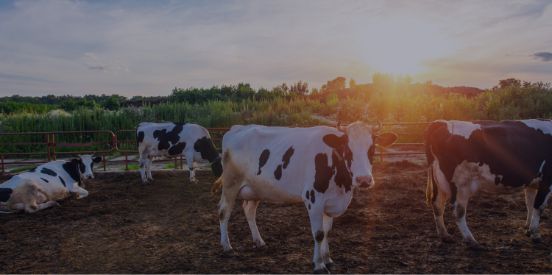CORN
Corn futures were unchanged overnight following a day of very light trading on Monday as growers tend to their harvest, or pre-harvest activities, including hauling recently sold inventory on the latest price hike. Managed Money has covered more than 30,000 short corn contracts, contributing to the rally. Crop ratings saw a 1% decline in the good-to-excellent category now at 56%. Corn harvested is at 15% vs a 5-year average of 27% and corn considered mature is at 58% vs a 5-year average of 85%. Besides a drastic change in weather from good to bad for the central to northern tier states later this week, trade focus is definitely honed in on Thursday’s WASDE report where production estimates will be revisited. One private forecaster we watch has the final corn yield pegged at 160.9 bpa, down 7.3 bu from USDA’s latest estimate.
SOYBEANS
Soybean were down a penny overnight while mired inside recent daily trading ranges. futures are called mixed to higher. Good weather in the very near term will keep some pressure on prices, but a potentially very wet and snowy forecast for parts of the Midwest by the end of the week does not suggest harvest will move rapidly forward. Crop conditions are now at 53% good-to-excellent, down from 55% last week. The poor-to-very poor category went to 15% vs 13% last week and looks to woven into this year’s yield discussion. Private estimates have the bean yield at 45.8 bpa, down 2.1 bu from USDA’s number.
WHEAT
Winter wheat futures were off 1 to 2 cents overnight, spring wheat flat/firm. Look for choppy, two-sided trade ahead of Thursday’s Supply and Demand report. Harvest progress was nearly non-existent the past week with 91% of spring wheat harvested vs 90% a week ago. Winter wheat planting is at 52% vs a 5-year average of 53%. Emergence is at 26% vs a 5-year average of 26%. In tender activity, Egypt seeks optional-origin wheat for Nov 10-20 (the third time the country has tapped the global grain market in three weeks). Unfortunately , the higher trending U.S. currency does not bode well for U.S. exports.
CATTLE
Cattle futures are called steady to higher. Bull spreading was noted yesterday on the heels of firmer cash at the end of last week and expectations for steady to higher cash this week. Slaughter yesterday came in at 116,000 vs 114,000 a year ago. A near 25.00 spread between choice and select would suggest feedlots are staying current, and with a weather forecast for below normal temperatures and above normal precipitation in the western regions of the northern Plains, along with some talk of blizzard concerns by week’s end should provide underlying support.
HOGS
Hog futures are called mixed. Prices remain volatile and daily slaughter numbers high. Estimated slaughter yesterday was 489,000, which compares to 473,000 a year ago. The market needs a bout of positive news either on the demand front or something indicating that U.S. supplies may start to decline. Either seems relevant this week.

